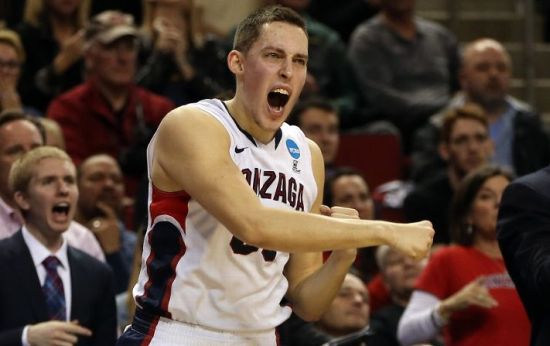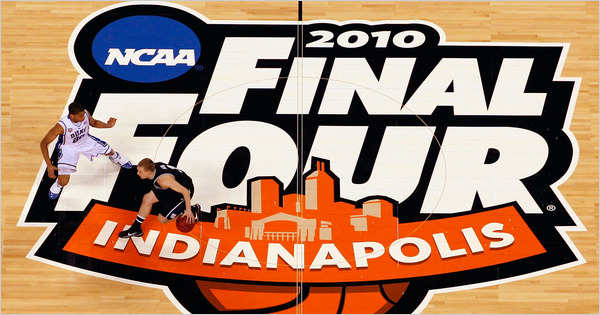The Mid-Major Disadvantage: The Power of the Power Conferences
Posted by Shane McNichol on February 25th, 2016For the first time in recent memory, Gonzaga is in jeopardy of missing the NCAA Tournament. Throughout a season in which the Zags began in the top 10, they have experienced a variety of miscues (home losses) and misfortunes (Przemek Karnowski’s injury) that have resulted in a spot squarely on the bubble. Their ups and downs this year will lead the upcoming HBO documentary following Mark Few’s team around this month to look less like Ballers and more like Game of Thrones (For those without a friend’s HBO Go password, find some new friends.)
In eight games against the KenPom top 60, Gonzaga has gone 1-7 with four of those losses coming at The Kennel. Conversely, the Bulldogs are a perfect 20-0 in the rest of their games. In determining their status on the bubble, the Zags are in a difficult spot because of a combination of zero signature wins without any corresponding bad losses. Gonzaga’s national brand name makes it unique in how it can schedule, but most other mid-major programs don’t get the chance to notch resume-building wins nearly as often as their power conference peers. Michigan, one of the Zags’ primary competitors on the bubble, will play 13 games against the top 60 this season, including six opportunities at home (five games against Big Ten teams). A different mid-major on the bubble cannot use multiple opportunities late in the season to enhance its resume — it can only avoid bad losses.












































